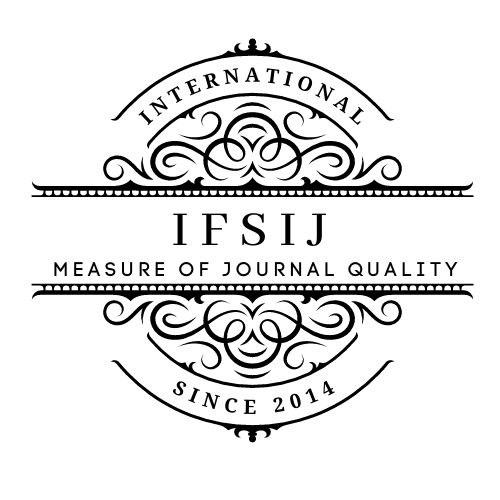REVIEW OF THE EFFICACY AND SAFETY OF DIRECT ORAL ANTICOAGULANTS IN ELDERLY PATIENTS WITH CHRONIC KIDNEY DISEASE AND ATRIAL FIBRILLATION
Keywords:
Anticoagulant therapy, advanced age, atrial fibrillation, chronic kidney disease.Abstract
The prevalence of atrial fibrillation (AF) in the population is very high and continues to increase. According to available statistics, its prevalence reaches about 2%, which is twice as high as was thought in the last decade. The prevalence of AF in patients with chronic kidney disease (CKD) ranges from 11 to 22% (other reports range from 15 to 20%) and increases with age, much higher than in the general population in all age groups [1]. The vast majority of patients with AF require anticoagulant treatment to prevent ischaemic stroke and systemic thromboembolism. However, in the case of the combination of AF and CKD, in addition to an increased incidence of stroke and thromboembolic complications, the incidence of major bleeding is also significantly increased, making the choice of adequate anticoagulant therapy in this situation much more difficult. For many years, vitamin K antagonists were the only representatives of the class of anticoagulants for long-term therapy of patients with AF. Their well-known disadvantages (narrow therapeutic window, the need for frequent laboratory monitoring, numerous drug and dietary interactions, unpredictability of pharmacodynamics and pharmacokinetics in individual patients) contributed to the search for new, more convenient to use drugs. Direct oral anticoagulants have been easier to use and, according to the results of major studies, have been as good as or better than warfarin in terms of the balance of efficacy and safety. However, they have not been studied specifically in patients with reduced renal function. This review considers the features of modern anticoagulant therapy in elderly patients with AF and CKD.
Downloads
Published
Issue
Section
License

This work is licensed under a Creative Commons Attribution-NonCommercial-NoDerivatives 4.0 International License.















